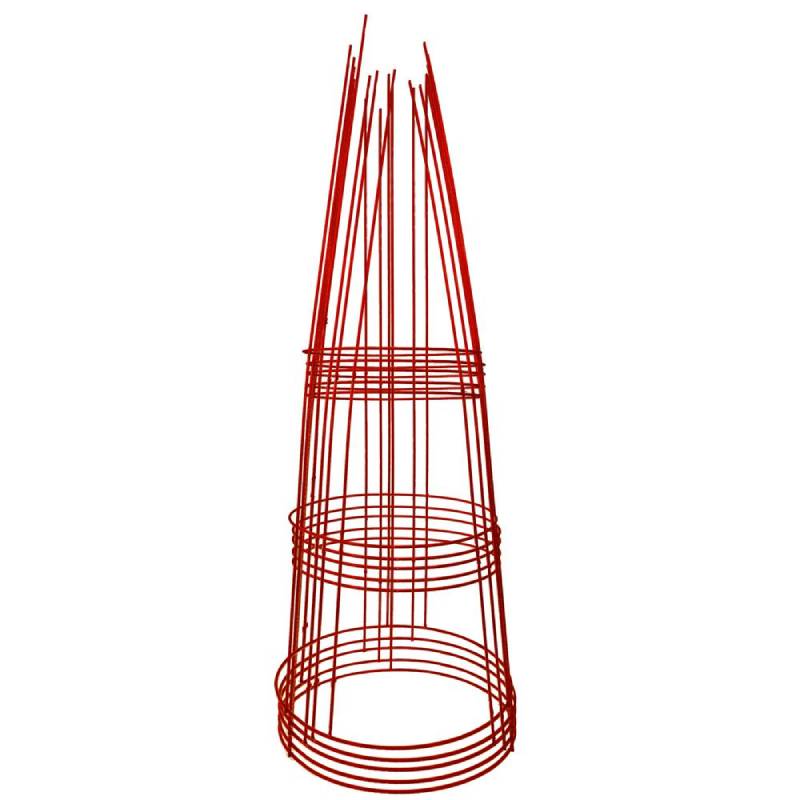
- Mobile Phone
- +8613931874955
- sales@cntcmetal.com
Brick Horizontal Joint Reinforcement - Enhance Structural Integrity
Understanding Brick Horizontal Joint Reinforcement A Key Element in Masonry Construction
Brick masonry is a time-honored construction technique that offers durability, aesthetic appeal, and exceptional thermal mass. However, to ensure the structural integrity and longevity of brick walls, particularly in load-bearing applications, it is essential to integrate appropriate reinforcement methods. One such critical reinforcement technique is horizontal joint reinforcement, which plays a pivotal role in enhancing the performance of masonry structures.
Understanding Brick Horizontal Joint Reinforcement A Key Element in Masonry Construction
One of the most significant benefits of horizontal joint reinforcement is its capacity to help prevent cracking in brick walls. Environmental factors, such as temperature changes, moisture expansion, and settling of the foundation, can induce stresses that may lead to cracks. By effectively distributing these stresses, horizontal joint reinforcement minimizes the risk of such damage, ultimately prolonging the lifespan of the structure. This is particularly important in regions prone to seismic activity or extreme weather conditions, where the structural integrity of masonry buildings can be severely tested.
brick horizontal joint reinforcement

Moreover, the installation of horizontal joint reinforcement contributes to improved lateral stability. In multi-story brick buildings, the weight of the upper floors can create significant lateral forces. The reinforcement helps resist these forces, reducing the likelihood of wall bowing or shifting. This is especially critical in commercial and industrial buildings, where safety and durability are paramount.
In addition to providing structural benefits, horizontal joint reinforcement also enhances the aesthetic quality of brickwork. There are various types of joint reinforcement available, including standard wire reinforcement and truss-type reinforcement, allowing architects and builders to select options that best complement the design of the building. The reinforcement can also be concealed within the joints, maintaining the clean and timeless appearance of brick façades.
In conclusion, brick horizontal joint reinforcement is an indispensable aspect of modern masonry construction that fosters structural resilience. By embedding steel reinforcements within the mortar joints, builders can enhance the tensile strength, prevent cracking, and provide lateral stability to masonry walls. As buildings continue to evolve, the integration of such reinforcement techniques will be essential in ensuring that brick structures can withstand the challenges posed by the environment and remain safe, durable, and aesthetically pleasing for generations to come. Whether in residential, commercial, or industrial applications, horizontal joint reinforcement stands as a testament to the innovation and effectiveness of contemporary masonry practices.
share:
-
Your Source for Concrete Wall Ties and Masonry AccessoriesNewsJul.10,2025
-
Unlocking the Power of Iron Wire for Every ProjectNewsJul.10,2025
-
Explore Advanced Chain Wire and Stainless Steel Mesh FencingNewsJul.10,2025
-
Discover the Benefits of Annealed Wire ProductsNewsJul.10,2025
-
Discover China Stainless Steel Wire Mesh SolutionsNewsJul.10,2025
-
Build with Confidence Using High-Performance Masonry AccessoriesNewsJul.10,2025
-
Why Sacrificial Formwork Is Redefining Underground ConstructionNewsJun.06,2025



















